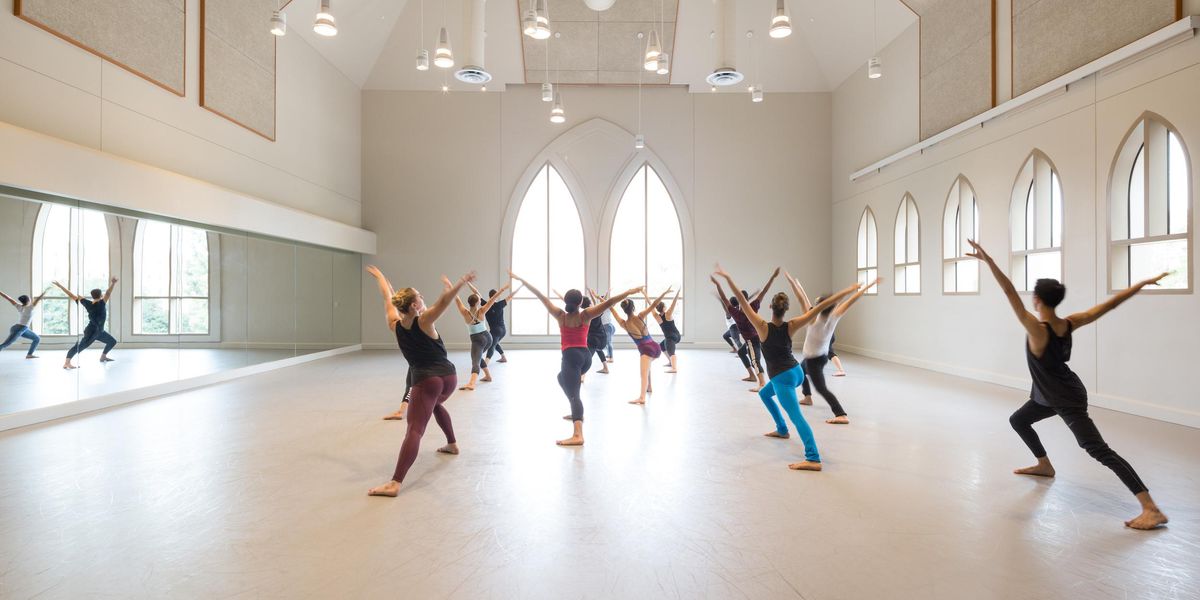A Longtime Dream Realized: Jeremy McQueen's Unexpected Path to the Met Stage
For some dancers, the ultimate goal isn’t necessarily performing with a particular company, but on a certain stage. “I always wanted to dance at Lincoln Center,” says Jeremy McQueen. “As a kid, I would record ‘Live from Lincoln Center’ and ‘Great Performances’ on PBS and watch the tapes over and over again. But it’s not easy to get to Lincoln Center if you’re not with a company like New York City Ballet, or Ailey, or ABT.”
So, while in college, McQueen, now 29, researched alternate routes to the famous venue. One that grabbed his attention was the Metropolitan Opera. “I looked at the roster of who the Met brings in to choreograph. Mark Morris, Christopher Wheeldon, Alexei Ratmansky—all these people whose work I admire and I thought, How awesome would it be to get to dance that?”
For the next five years, McQueen went to open auditions at the Met, which draw hundreds of hopefuls, and he would often make it to the final round. He was successfully booking other work, like the national tours of Wicked and The Color Purple, but his Met Opera dream eluded him until 2013, when he became a cover for Die Fledermaus‘ 14 performances. He loved performing its Broadway jazz-inspired dance scenes by Stephen Mear, packed with pirouettes and tricky combinations of jumps.
That first job led to others: In the fall, he was hired as a dancer in Ratmansky’s five-minute, Egyptian-flavored contemporary ballet in Aida; for roles including a dancing clown in the vaudeville-like Les Contes d’Hoffmann; and as a cover for Ben Wright’s earthy peasant and elegant court dances in Don Giovanni. He says of working for the Met, “We danced, but we weren’t the primary focus, for sure.”
Just like its performance calendar, the Met’s rehearsal schedule changes each day, with multiple productions being practiced in different rooms throughout the building from 10 am to 5:30 pm. Staging an existing production only calls for a few dozen hours of dance rehearsals, sprinkled over a couple weeks. Long breaks can land in the middle of the afternoon, which gave McQueen, who also choreographs, time to update his website, work on his press kit and prepare for teaching jobs. He teaches ballet to high-school students in New York through American Ballet Theatre’s education and outreach initiatives, as well as at studios in the tri-state area. “Where I am in my career right now,” he explains, “I want to establish myself as a young choreographer and an educator, and the Met allowed me that flexibility.”
It also boosted his finances. Rehearsals pay a flat hourly rate for single-role performers and covers, who understudy multiple roles. Covers only make less than single-role performers if they don’t go on during a given show. Since Met dancers are part-time, they do not receive health and dental benefits, but a daily morning ballet class is open to all artists with contracts, regardless of whether their operas are being rehearsed that day or not—a big perk for a freelance dancer. Another advantage is membership in AGMA, the performers’ union.
Although McQueen was not cast in any operas this season, he hopes to use his experience at the Met to his advantage as he tries to get other opera gigs at Lyric Opera of Chicago, San Francisco Opera and Washington National Opera. For now, he is continuing to freelance as he choreographs a ballet about Nelson Mandela called MADIBA. “Perhaps one day I could even choreograph for opera companies,” he says. “That’s the ultimate dream.”
But his Met experience gave him an opportunity to check something off his bucket list. One of his performances of Les Contes d’Hoffmann was broadcast live from the Met. Among the thousands watching in movie theaters around the world was McQueen’s mother in his hometown of San Diego. “I was one of the first people you saw on screen at the top of the broadcast,” he says. “She told me she screamed.”




